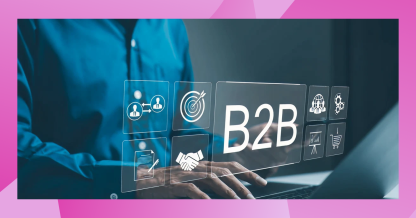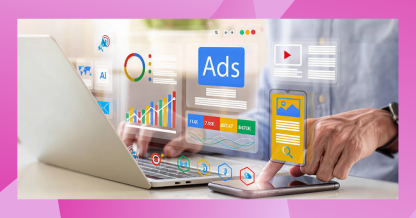Recall our earlier discussion on attracting prospects by offering valuable resources. This is where content marketing comes into practice. Developing high-quality content is one of the best ways to attract potential customers, with 62% of B2B decision-makers relying on practical content to aid their buying decisions.
There is a lot of content on the Internet, so if you want to be seen as providing valuable content, you must do something different to stand out. To provide value-driven content, it needs to be of high quality, focus a unique stance on a topic, and have first-hand experience (the person writing it must have industry knowledge).
With content marketing, you have the opportunity to capture potential leads through the development of lead magnets. This strategy aids in expanding your email list for email marketing (more on this later!).
Although generating a substantial amount of content may appear to be an effective method to raise brand awareness, you still need to exercise caution and not mass-produce mediocre content for the sake of quantity. One of Google’s ranking factors for appearing on the search engine results pages (SERPs) ranks the quality of the content over quantity (ranking factor by Google).
Content marketing is one of the most effective ways to captivate the attention of potential customers, enticing them to explore your website and delve deeper into what you have to offer.
Content marketing has its own funnel that is segmented into various stages:
Top of the funnel (TOFU)
Content is broad and designed to reach new prospects, creating awareness about the business and its offerings. Examples of content include blogs, videos, infographics, and more.
Middle of the funnel (MOFU)
The content becomes more detailed, targeting prospects in the consideration phase. Examples of content include case studies and in-depth guides.
Bottom of the funnel (BOFU)
The content becomes highly focused, reaching prospects in the final conversion stages. Examples of content include product demonstrations and customer testimonials.
However, publishing high-quality, valuable content doesn’t guarantee that the right people will see it. You’ll also have to ensure you promote and distribute your content effectively. This is when search engine optimization (SEO) plays a key role in this process.
Action
Produce high-quality content that offers value. Consider segmenting content for each stage of the funnel.







